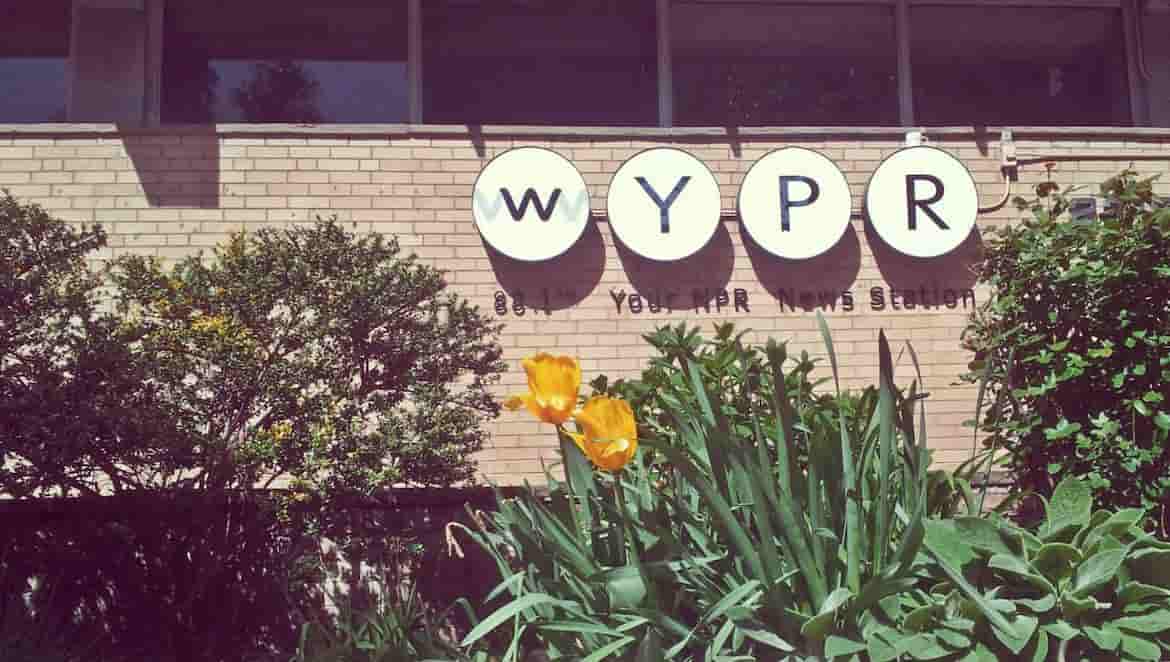Organizations unveil details of new purchasing plan for stations
LAS VEGAS — Less than a week after creating a partnership to help public broadcasters pool equipment and services purchases, executives from CPB, WGBH and Public Media Co. presented their plans here Wednesday and Thursday to attendees at PBS TechCon and the Public Radio Engineering Conference.
The project is so new it lacks a formal name; for now it’s going by Public Media Procurement. It came into being after CPB’s 2017 system technology survey found a huge gap between the costs of stations’ needed equipment upgrades and the capital they have to pay for them.
Conducted by Eagle Hill Consulting, the survey reported that expected capital equipment purchases of all public broadcasting stations for fiscal 2020 would total more than $700 million, and there’s a cumulative shortage of $300 million to meet those costs, said CPB’s Ted Krichels, senior VP of system development, who oversaw the research.
One of Eagle Hill’s recommendations for addressing that shortfall was to leverage the system’s collective purchasing power under a single administrator who can secure volume discounts from vendors, Krichels said in an interview with Current.
CPB issued a request for proposals, “and, frankly, these are the people I was hoping would respond,” Krichels said, gesturing toward Marc Hand of PMC and Ben Godley, president of WGBH Business Services.
As commercial and religious broadcasters have consolidated, they’ve received discounts on equipment by striking bulk deals with vendors, said Hand, CEO of Public Media Co. “It seems like public broadcasting is the only one that’s still paying retail and everyone else gets their leverage with significantly discounted costs,” he added.
Eagle Hill’s research included conversations with vendors, Krichels said, providing initial insights on the extent to which they’d be willing to offer discounts to a unified group of public broadcasters.
“One of them asked, what took you so long?” Krichels said.
CPB Executive VP Michael Levy said the project fits with CPB’s mission of making sure local stations get maximum value out of dwindling federal funding, especially after the demise of the Public Telecommunications Facilities Program.
“We want [stations] to be good stewards, and we want them to be efficient and effective with their resources against the changing media landscape,” Levy said.
“This fits in with a lot of the things we’ve been developing over the last ten years to add value and bring efficiency to the system,” said Godley. The business services unit that he oversees includes the Contributor Development Program, which provides fundraising research and analysis for 130 public TV stations, and the Public Media Management content management service.
WGBH will supplement the $250,000 CPB grant by investing in the project’s initial staffing, Godley said. Public Media Co.’s Steve Holmes was immediately assigned as lead staffer for the project, and the partners expect to soon begin hiring a full-time staff to be based at WGBH’s Boston headquarters.
In addition to choosing a name and developing a website, the project will soon form an advisory panel with representatives from a variety of TV and radio licensees, Krichels said. They’ll help the partnership get the word out about the potential for cost savings, as they try to change a model in which purchasing decisions have been made entirely locally.
“If you can get a better deal, maybe you’ve got to make a little decision about how loyal you are to one brand over another,” he said.
Stacey Decker, WGBH chief technology officer, said settling on a preferred group of vendors and products could bring other advantages to the entire system. The Eagle Hill inventory identified more than 60,000 distinct models of equipment in use across public radio and TV. As public TV in particular prepares for technological changes including the new sIX interconnection system, the spectrum repack and ATSC 3.0 conversion, it will be easier to support new technology if more stations have similar equipment, Decker said.
“There aren’t many standards in public media and that’s challenging around the engineering department,” Decker said. “Having this tool to help stations create some standards will be helpful.”
While participation in the program will be entirely voluntary, Decker doesn’t think it will be a hard sell for most engineering managers.
“Most stations have a fixed capital budget, and engineers like to buy toys,” he said. “If we save them money, they’ll just get to buy more toys.”
While meeting in Las Vegas, the partners are already discussing ways to expand the scope of their purchasing collective. Future group deals could include areas such as internet and phone service, tower leases and even financing for purchases.
“Being able to leverage the size and scope of public broadcasting should make a significant difference in terms of much more effective pricing negotiations for public stations,” Hand said.






